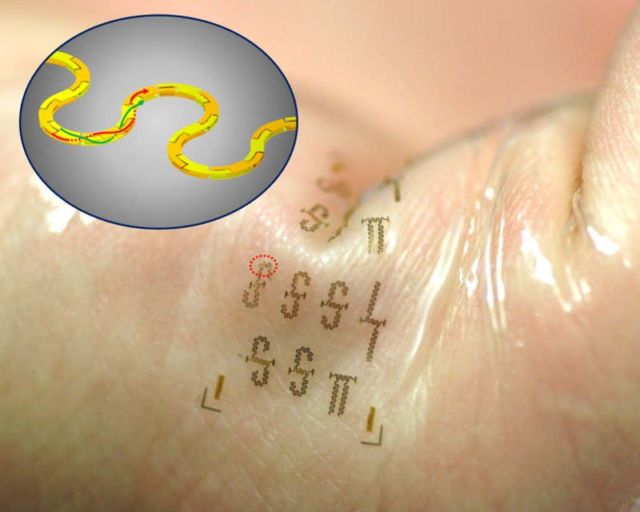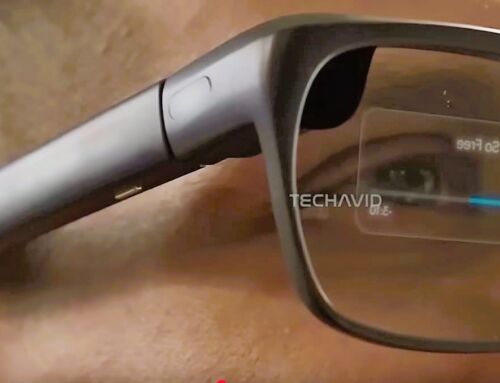New integrated nano stretchy circuits, fabricated in interlocking segments like a 3-D puzzle, could be used in wearable electronics, allowing health care staff to monitor patients remotely.
A team of engineers in University of Wisconsin—Madison, has created the world’s fastest stretchable, wearable integrated circuits, an advance that could drive a much more connected, high-speed wireless world.
Above, fabricated in interlocking segments like a 3-D puzzle, the new integrated circuits could be used in wearable electronics that adhere to the skin like temporary tattoos. Because the circuits increase wireless speed, these systems could allow health care staff to monitor patients remotely, without the use of cables and cords. Image credit of Yei Hwan Jung and Juhwan Lee
Led by Zhenqiang “Jack” Ma, the Lynn H. Matthias Professor in Engineering and Vilas Distinguished Achievement Professor in electrical and computer engineering at UW–Madison, the researchers published details of these powerful, highly efficient integrated circuits today, May 27, 2016, in the journal Advanced Functional Materials.
The advance is a platform for manufacturers seeking to expand the capabilities and applications of wearable electronics — including those with biomedical applications — particularly as they strive to develop devices that take advantage of a new generation of wireless broadband technologies referred to as 5G. – See more at: http://news.wisc.edu/fast-stretchy-circuits-could-yield-new-wave-of-wearable-electronics/#sthash.ijFzxFT3.dpuf





Leave A Comment